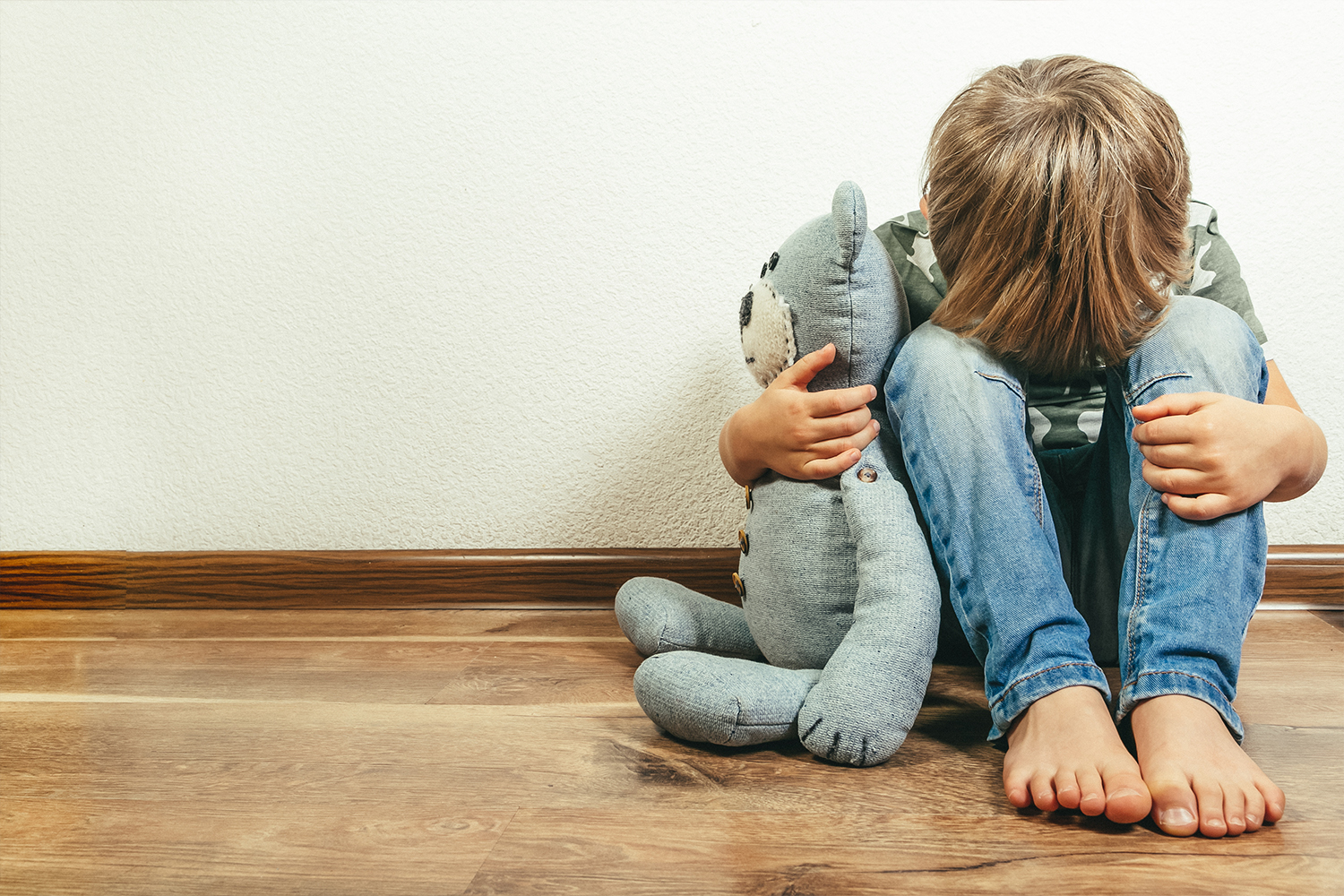Why Your Kids Should Be Allowed To Tell You No Sometimes

One of the skills I end up having to teach almost all the kids I work with, no matter their presenting problem, is assertiveness. An anxious child may be too afraid to express how they feel and be passive in uncomfortable situations. A child with big emotions may also feel afraid to express how they feel but then end up yelling or saying something hurtful to stop the undesired thing from happening, which comes across as aggressive. Most often whether the child leans toward passive, aggressive, or passive aggressive, it’s because they didn’t know there was another option, or they haven’t had real practice using assertiveness. I define assertiveness to parents and kids as expressing what you think and feel in a way that respects yourself and respects others. Most of the kids I work with worry that they are being mean, disrespectful, or will hurt someone’s feelings to tell them no or that they disagree.
An example:
A friend asks my client to go tell another friend they are mad at him/her and don’t want to be their friend anymore. Client does not want to get involved. A passive client may say something like, “well, I don’t want to hurt their feelings,” but after the friend asking a few times they will eventually say okay. A client with aggressive communication, may say they don’t want to do it at first and then if pressured may respond by saying something like, “Don’t boss me around! You’re a mean friend and I don’t like you anymore!” Neither child has much practice saying assertive statements like, “I’m sorry he/she hurt your feelings. I don’t feel comfortable getting involved because they are my friend too. I hope you two can work it out.” That statement respects the child’s boundary but isn’t mean or disrespectful to their friend.
One reason kids don’t have a lot of practice with assertive statements is because they aren’t allowed to say no at home. I’m not suggesting that children should run the house, be disrespectful, or that they never have to brush their teeth, take a bath, or eat their vegetables because they don’t want to. I’m suggesting allowing kids to have choices and be able to say no in low risk situations.
An example:
Your child is reading an assignment for school and you ask them to please take a quick break to take the dog on a walk or go pick up their toys. The child doesn’t want to because they fear they will get off track finishing the assignment. Children that don’t know how to use assertive communication may react by yelling no and having a tantrum, or they may be passive aggressive and say, “fine” and complete the task with tears in their eyes, leaving you confused. This is a low risk situation in which a child could have the option to say, “I can walk the dog when I finish this assignment, I don’t want to get off task.” Allowing children to have these kinds of responses teaches them how to have boundaries with friends. It may take a lot of patience and redirecting to teach your kids these responses. For example, a parent can model assertiveness by saying to their child, “I feel disrespected when you yell at me. If now is not a good time for you to walk the dog you can let me know that by saying, ‘I can walk the dog when I finish this assignment’.” If you notice your child struggling to communicate effectively or setting healthy boundaries, consider seeking a therapist to help them practice this skill in a safe and fun environment.



